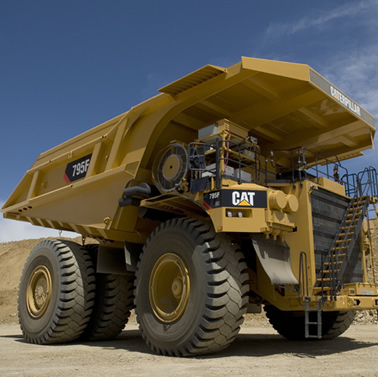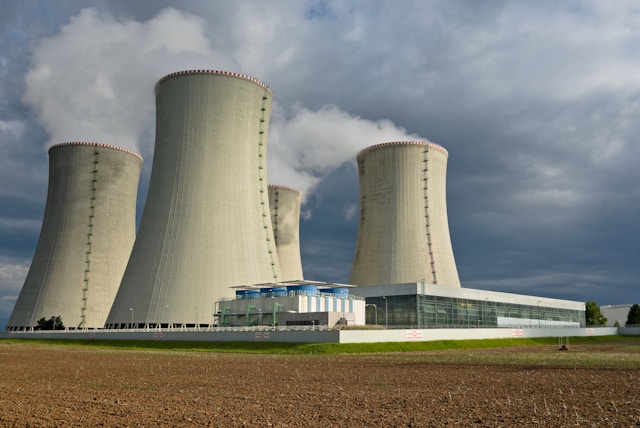Liquefied natural gas engine technology is in the works for mining trucks

Caterpillar's 795F haul truck is one of three mining vehicles being fitted for Westport Innovation's HDPI engine technology that runs on liquefied nat
Caterpillar's 795F haul truck is one of three mining vehicles being fitted for Westport Innovation's HDPI engine technology that runs on liquefied natural gas. — Photo courtesy Westport Innovations
Retrofit and new production options for Westport™ High Pressure Direct Injection (HPDI) technology are in development and testing for Caterpillar’s 793, 795 and 797 haul trucks. The technology’s efficiency, performance and responsiveness are comparable to that of a diesel engine, with 25 per cent fewer greenhouse gas emissions.
The HPDI technology will not have to be adjusted before production in mine trucks, said Paul Blomerus, senior director of the high horsepower division at Westport Innovations. Retrofits will be a straight-across swap with diesel technology and a tank upgrade.
“It is a significant job,” said Blomerus, “but the intention is that the operators remain undisturbed.”
Fuelling infrastructure is economically comparable to that of diesel.
“A modest-sized mine demands enough fuel to warrant its own liquefaction capacity, which is affordable compared to building an oil refinery,” said Blomerus. “You can also tanker it around, fuel from a tanker or from a satellite fuelling station.”
The company is working with Caterpillar on a solution that will provide mine trucks a range similar to that of a diesel-fuelled system. Some trucks can get a 24-hour nominal fuel tank capacity for diesel—a tough order for LNG, which is lighter in BTUs per gallon. At -162 degrees C storage temperature, it also requires an insulated tank—which takes up space.
By reducing nitrogen oxide and particulate matter emissions, HPDI technology helps achieve an economic incentive, as vehicles more easily meet EPA and other environmental regulations. LNG also results in a full 25 per cent reduction in greenhouse gas emissions because of fundamental combustion chemistry and because methane emissions are almost zero.
Operators of LNG trucks may save $600,000 per year per truck in fuel costs, based on a conservative $1.50 per diesel gallon equivalent price difference, said Blomerus. Compared with the cost of a retrofit kit, truck purchasers could see payback in less than two years.
Feedback from industry and investors is positive. LNG producers are expressing interest in servicing large engine equipment and are looking for opportunities to justify investing in additional capacities, said Blomerus.
“When the first major mine announces an order for 50 LNG-powered trucks, there will be a lineup out the door of people offering to provide LNG," said Blomerus. "With natural gas prices at rock bottom, everyone is trying to provide a value add, and this would be an extremely attractive contract.”
According to a release by Westport, the agreement initially focuses on engines used in mining trucks and locomotives, but the companies will also explore natural gas technology for Caterpillar's off-road engines, which are used in a variety of electric power, industrial, machine, marine and petroleum applications worldwide.



